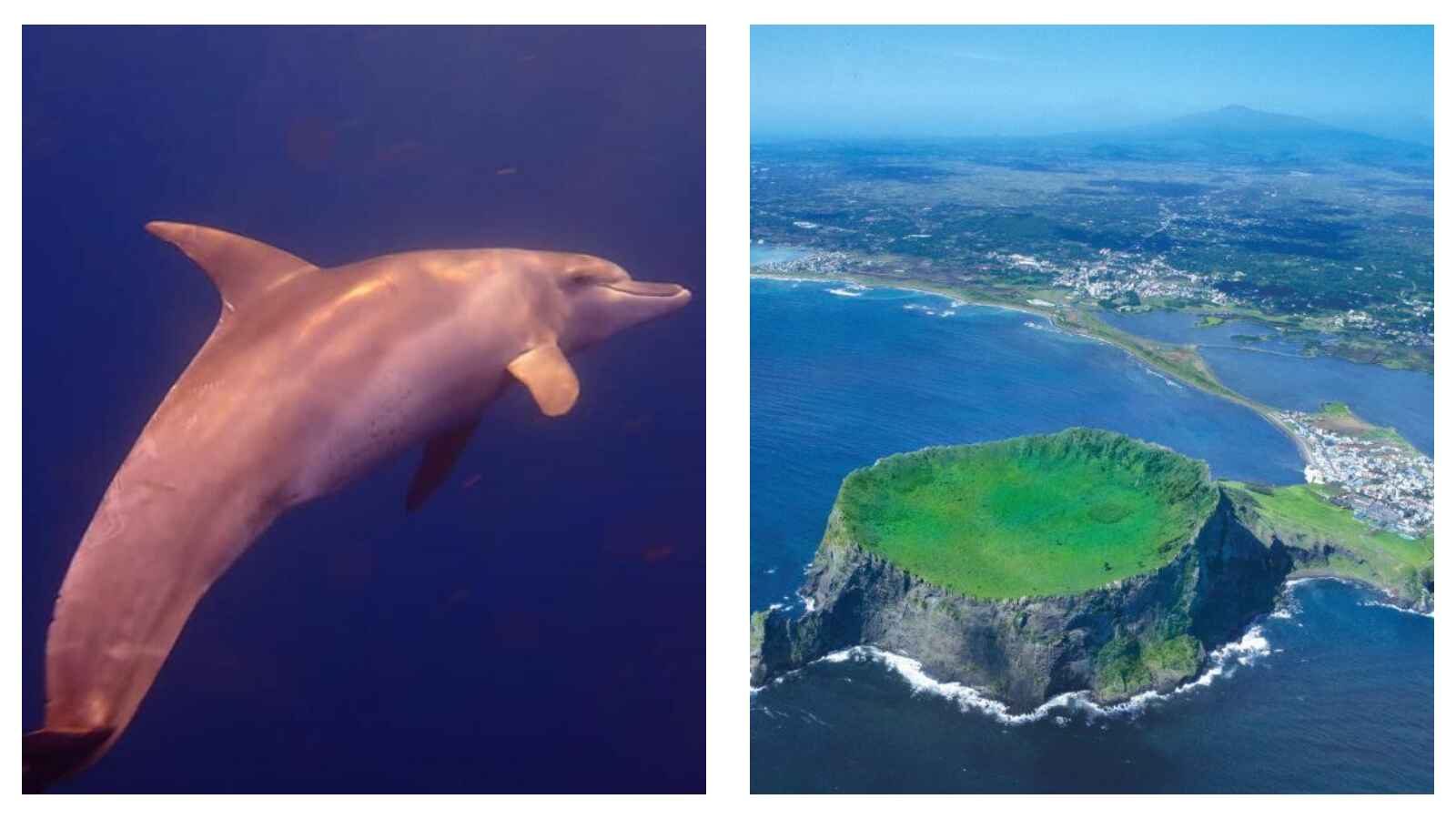By Kamille Q. Cabreza
In an effort to save the endangered Indo-Pacific bottlenose dolphin, also referred to by locals in South Korea’s Jeju Island as the “Nam-bang keun-dolgorae,” the Jeju Special Self-Governing Province has unveiled a comprehensive strategy to manage the coastal waters of Shindo-ri in Seogwipo City.
This comes after the Ministry of Oceans and Fisheries recently decided to create a Marine Protected Area (MPA) for 2.36 square kilometers of the water near Shindo-ri, which is a big step toward protecting the endangered species’ habitat.
Expansion turns to milestone
Development projects like offshore wind farms and careless coastal construction that can harm the dolphins’ habitat will be forbidden once they are designated.
These aquatic mammals, which are estimated to be between 110 and 120 in South Korean waters, all live off the coast of Jeju.
As part of the new five-year management plan, Jeju intends to set up eco-trails and public education facilities to boost consciousness and promote adequate conservation of the dolphins.
The government’s proposed protected area encompasses not just Shindo-ri but also the 1,075.08 square kilometers of ocean surrounding Gwantaldo in the town of Chuja in Jeju City, according to a report from The Korea Bizwire.
YOU MAY ALSO LIKE: Fur parenting on the rise as more Filipinos opt for pets over children

This is a significant milestone in South Korea’s national maritime conservation efforts since it is the first large-scale MPA over 1,000 square kilometers under the Maritime Ecosystem Act.
Stronger legal protection is key
In the event that the designations are approved, Jeju’s MPA network will grow significantly from its present 15.46 square kilometers, which include Munseom, Rabbit Island, and sections of Chuja Island, to five areas, totaling roughly 1,092.9 square kilometers.
The use of large-scale fishing equipment, such as trawlers and stow nets, will be prohibited within the MPAs, but general fishing will still be allowed.
Additionally, there will be restrictions on coastal harvesting practices, including foraging in tidal flats.
The resort island is also considering a plan to officially designate the Indo-Pacific bottlenose dolphin as a protected ecological entity under Korean law as environmental risks increase.
This action would strengthen legal protections for the species.
It is anticipated that the finalized protections will be fully put into effect in 2026.
READ NEXT: Sa Pa Passport: A new travel keepsake for adventure seekers
